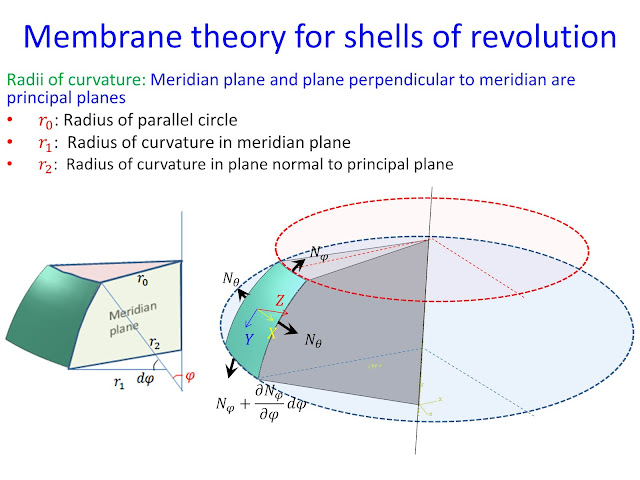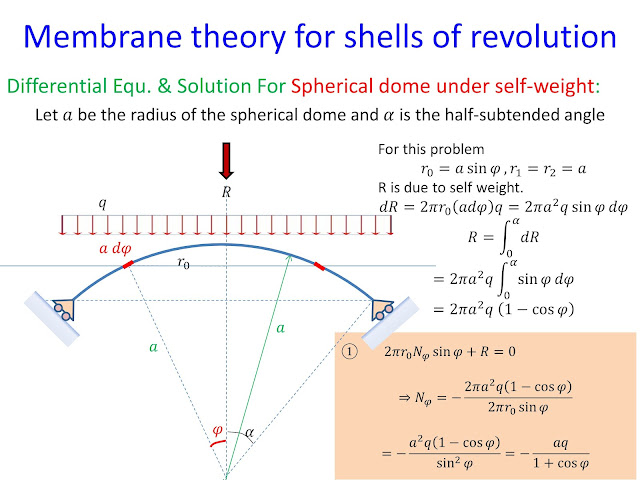Rayleigh's method for natural frequencies
Rayleigh gave the following strategy to determine the natural frequencies of dynamic systems.
- The total response is resolved into spatial and time variations. This is always true for systems vibrating under natural modes
- Any spatial variation that satisfies the boundary conditions can be assumed. Accordingly, the result will be only approximate.
- The temporal (time-) distribution will be simple harmonic motion (under natural vibration)
- Using the total response the expression for the strain energy can be derived
- Using the total response, the expression for the kinetic energy can also be derived
- Assuming no damping, the maximum values of strain energy and kinetic energies can be equated to give the expression for natural frequency.
The solution for natural vibration of simply supported beam
(* This solution assumes that the gravity is absent. Otherwise we will have to consider the change in potential energy during the vibration. Alternatively this can be assumed to be a vertical simply supported column)
The solution for natural vibration of cantilever beam
(* This solution assumes that the gravity is absent. Otherwise we will have to consider the change in potential energy due to the vibration. Alternatively this can be assumed to be a vertical cantilever column)
Solution in one step using the derived expression for wn.
Note that the assumed shape function should satisfy the boundary conditions at the ends






































